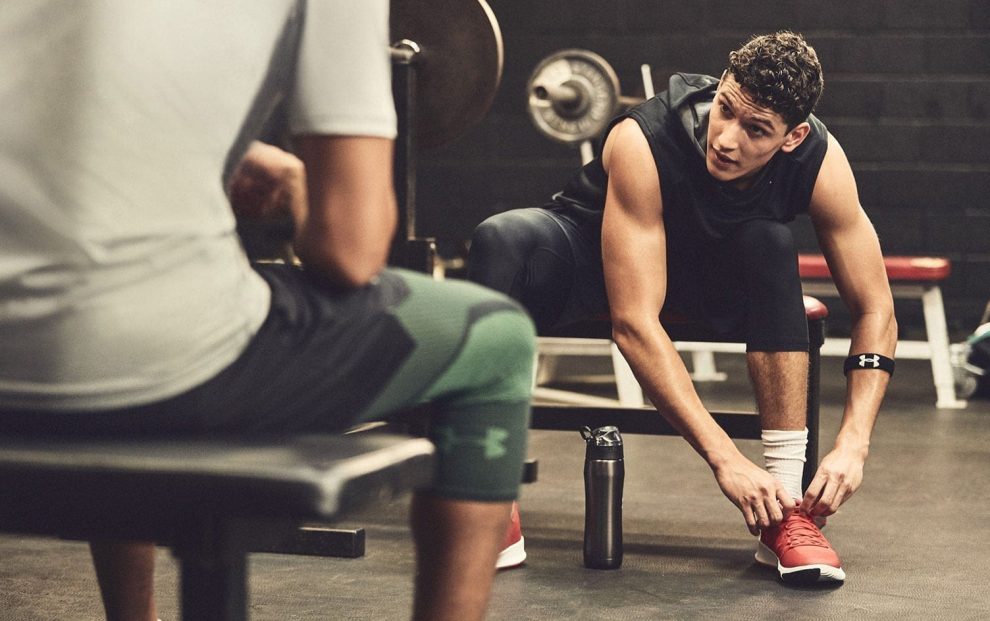Spinning is undoubtedly one of the best-known directed classes in the world, along with others such as GAP or body pump. These classes are very beneficial in gyms because they allow people who do not like to exercise alone to achieve good results in body composition by attending directed classes.
Spinning is a challenging class, and depending on the intensity that we want to apply, it would not be advisable to do it every day because it has many advantages and disadvantages. Although I insist that it will depend on the intensity with which we train.
Spinning has been in our lives for years, but what do we work with this physical activity?
It is usual for beginners to be a bit lost and have bad experiences with this activity. Therefore, we give you three tips so that you enjoy it from the first day.
Spinning, as we have already mentioned, is a reasonably challenging directed class that, even though you are not a person who sweats a lot, we assure you that you will sweat. Therefore, you must stay hydrated throughout the class (which usually lasts between 45-60 min).
To maximize the hydration effect, it would be a good idea to include some sugar in your drink (around 20-30 g per liter of water). We must remember that sugar alone is not bad, but a high consumption and sedentary lifestyle. Sugar will allow us to train harder; therefore, exercise benefits will be more significant.
Do not apply a high intensity from the beginning.
It is essential to point out that this does not mean that we do not make an effort, but we do not want to be at the same level as people who have been spinning for a long time.
We must be clear that our cardiorespiratory adaptations will not be the same. It’s like wanting to start lifting the same weight as someone who’s been bench pressing or squatting for years. Start small, but work hard, and you will reach your desired level.
As we have mentioned, going every day could become problematic, especially if you are starting. We suggest going, at first, between two and three days a week so that the stress of spinning is not greater than our ability to overlap with it and generate positive adaptations to exercise.
What maximum altitude have you been to? If you have ever climbed to an altitude much higher than what you are used to, you will have noticed a lack of oxygen and increased fatigue. It is the consequence of being at a high altitude due to a lower partial pressure of oxygen that even causes secondary effects such as altitude sickness. There is a population group that is those born at high altitudes in which an adaptation to these circumstances takes place, which gives them a competitive advantage at any altitude.
Why can height give us an advantage or take it away from us?
When we go to very high heights concerning sea level, the partial pressure of oxygen is reduced, which decreases the amount of oxygen that our organisms can obtain from the atmosphere. This circumstance causes our performance to be diminished, especially in people who are not used to high levels.
On the other hand, people who live in cities located at high altitudes adapt to it and have a competitive advantage at that height compared to those who are not used to it.
One of the clear examples of this is the refusal of FIFA and several national teams to play against Bolivia in their country because many of their stadiums are more than 2,500 meters high. Disputing matches at these heights is an advantage for the Bolivians who live in it and a disadvantage for those who live at much lower levels.
Kilian Jornet: the alien between mountains
Kilian Jornet is the world’s best-known ultra-distance runner. He is due to events like the one a couple of weeks ago when he won the Mont Blanc Ultra Trail for the fourth time with the best time in history. This Catalan has been linked to the mountain since his birth since both his father and mother occupied his professions.
At a very young age, he climbed three and four miles s, and since then, the mountain has been his lifestyle. Milestones like climbing Everest without supplemental oxygen show how Kilian has an edge that others don’t. The capacity for effort and sacrifice in training and competitions plays a leading role.
In him and many other mountain athletes, it can be seen how adaptation to altitude is a tremendous competitive advantage over those who are not adapted. In addition, these adaptations also bear fruit when instead of running at 4,000 meters above the sea, they do so at 600 meters above sea level.
For this reason, several training strategies place height as a variable to introduce in physical preparation. High-Performance Centers located at a certain altitude, such as C.A.R. Sierra Nevada in Granada, receive world athletes seeking these height adaptations.
Altitude training methods to increase performance
Several strategies for training at altitude combine altitude with training and whether or not you sleep at altitude. These are the main options we have at our disposal to take advantage of that competitive advantage that adapting to high altitudes offers.
Live high and train high.
This option is the best, but it requires living in certain places. Many athletes take advantage of this situation, like many Kenyans. Iten is a Kenya town located at about 2,500 meters above sea level, making it known as a region of champions.
The same happens in many Latin American countries, finding numerous cities more than 2,500 meters above the sea, including some such as El Alto de la Paz, located at 4,150 meters. Being born at these heights and adapting from a young age is a performance advantage.
This option is viable for athletes not adapted to the altitude, so their training in it will be of much worse quality than those carried out at low altitudes. It is a way to take advantage of the benefits of altitude, but without training in it.
Live high and train low and high.
To correct the problem mentioned in the previous paragraph, the most intense training sessions can be planned at low altitude levels since we are adapted there and can squeeze it. The less intense workouts are carried out at altitude, between 2,200 – 2,500 meters would work.
In this way, we improve performance by living at altitude and doing part of the training, but we do not lose quality in the most intense training.
All the material requirements and safety measures of trail and ultra trail races for runners.
Hypoxia devices simulate altitude.
As with any commercial product, there are better and worse devices, but there is currently no clear evidence to justify their use. Some investigations show promising results, and others do not.






























Add Comment